6 Things To Unlearn From Your Driving Test
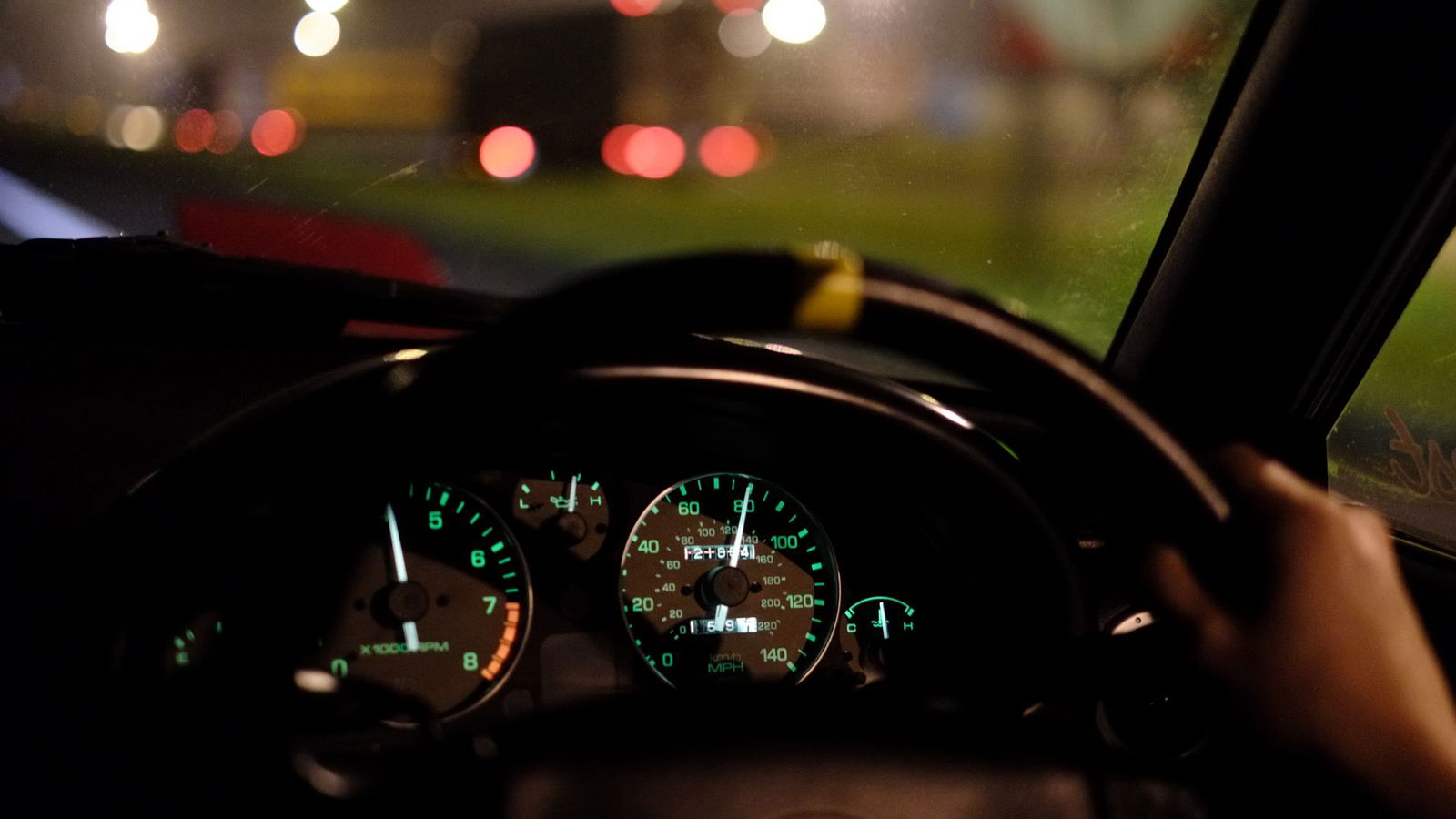
1. 'Feeding' the wheel
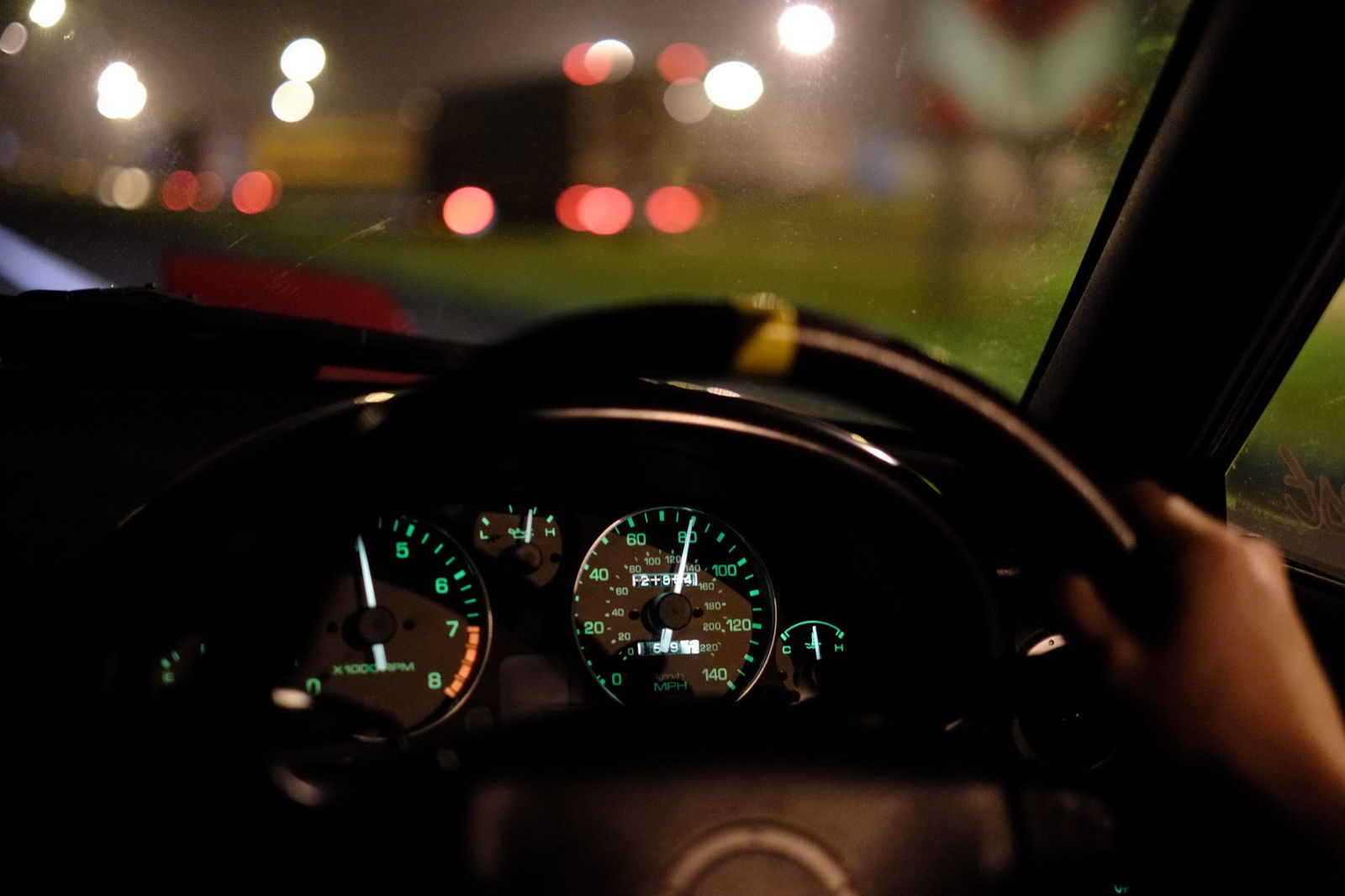
The ‘pull-push’ method, also known as ‘feeding the wheel’, is argubly the most important ‘driving test’ technique. It’s a method that has been taught for years; even the police force use it when training Class 1 drivers. The idea behind the technique is that it allows you to keep both hands on the wheel at all times, therefore making you a ‘safer’ driver.
Unfortunately, this is nothing more than ill-advised rhetoric. Feeding the wheel is inefficient, outdated and in some circumstances, it can be dangerous. For example, imagine that you’re on a country road and you approach a blind corner. You enter what you think is a shallow bend, but as you turn in, the corner starts to decrease in radius. To avoid running wide, you need to add more steering lock quickly but smoothly; something you can’t do effectively when feeding the wheel.
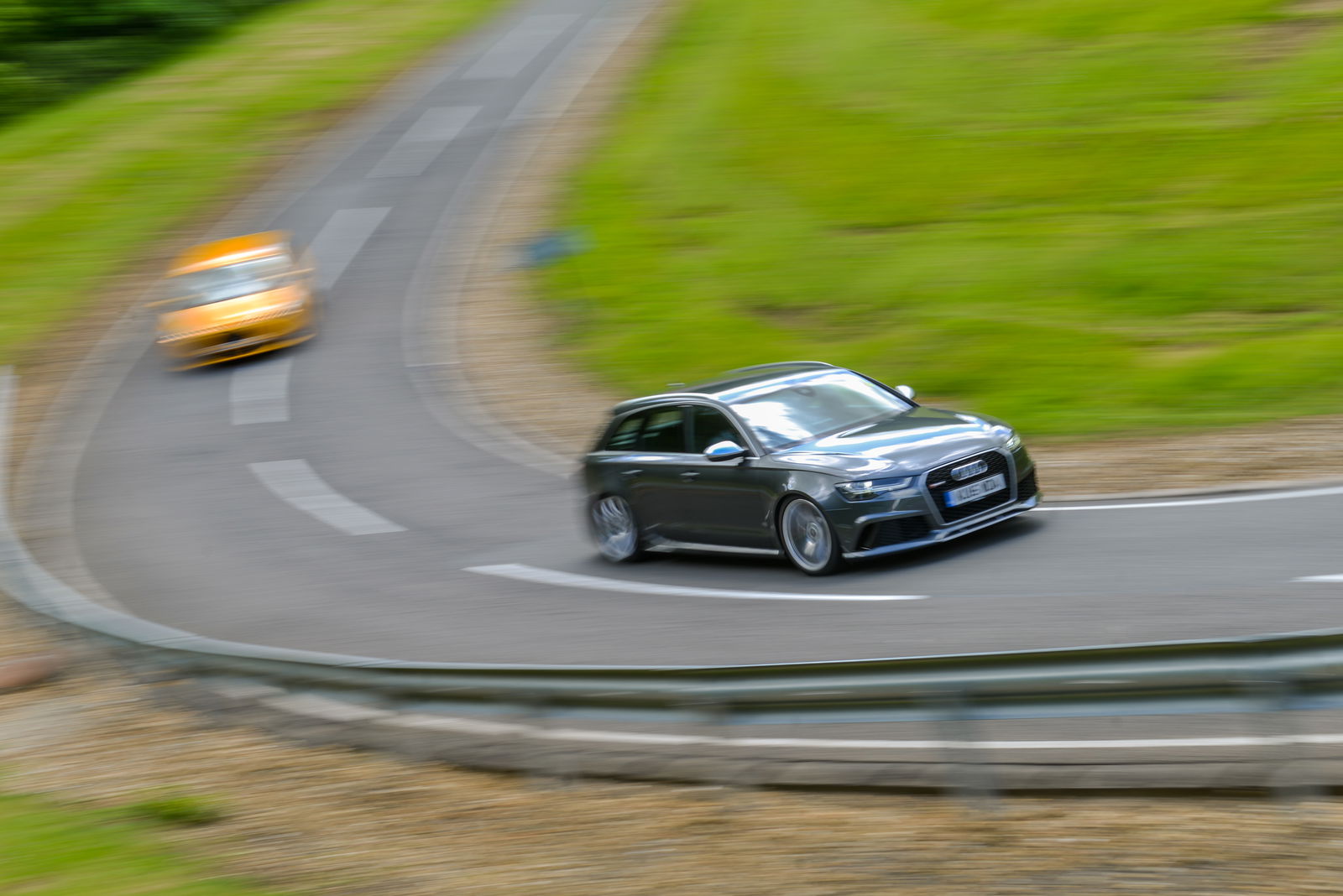
If you attempt to ‘pull and push’ the wheel, you’ll end up making jagged inputs at a point where the car is already unstable. And if the corner continues to tighten, the push and pull technique will be too slow, and you’ll end up running wide.
Instead, if you keep both hands on the wheel and cross your arms, you maintain that vital connection with the wheel. You can feel what the front end is doing and you can add steering input progressively. There’s a reason why ARDS qualified racing instructors ask first time track drivers to keep their hands at nine and three.
2. Constantly applying the hand-brake
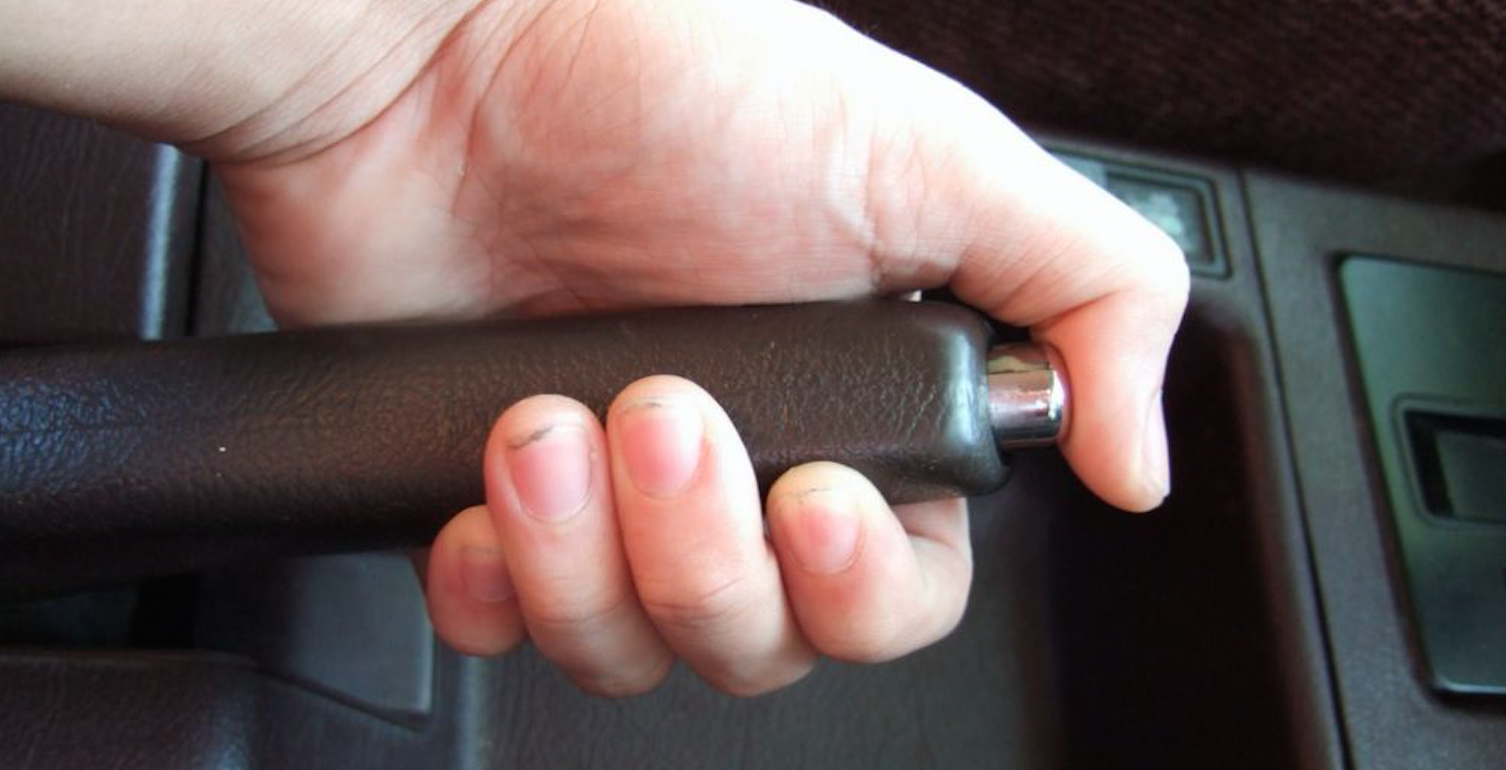
The handbrake is your best friend on the driving test. Almost every time you stop, you’re required to use it; even after the emergency stop! Thankfully, most drivers come to their senses and drop this ‘bad habit’ once they’ve passed their test.
In reality, there’s no need to handbrake every time you come to a halt. For example, if you’re in stop-start traffic, the foot brake will usually suffice. And if you need to make an emergency stop in a pile-up situation, the last thing you should do is apply the handbrake. Once stopped you should check your mirrors, put the car in gear and pull over to the side.
Don’t get us wrong, we’re not saying that you should never use it, but you don’t need to apply it every time you stop.
3. Checking your mirrors at pre-determined intervals
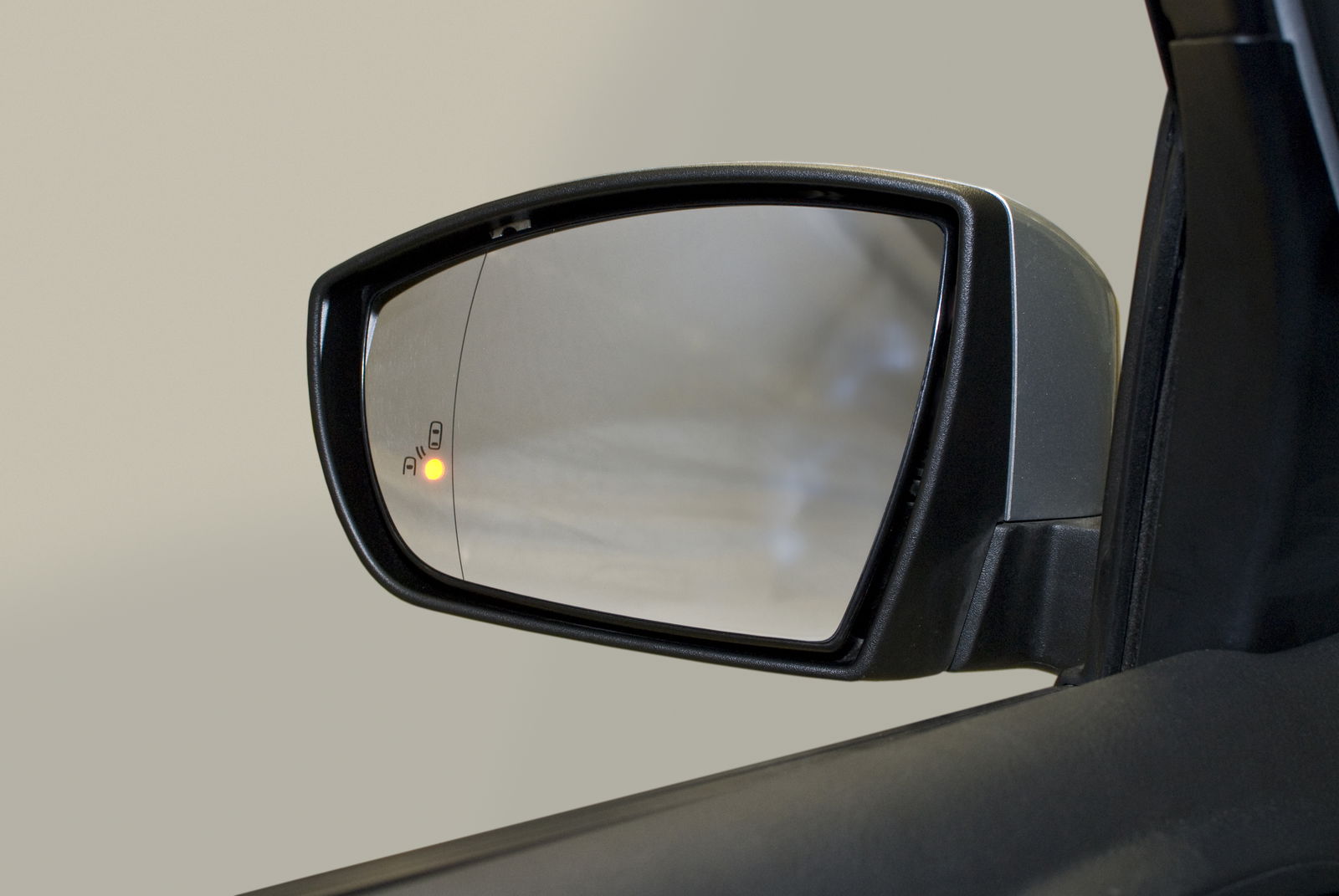
Every time you set off you should theoretically conduct a six-point check. The process goes (in the UK): look over your left shoulder, check your left exterior mirror, check your rear-view mirror, check the road ahead, check your right mirror and then finally look over your right shoulder. On your test you need to make these checks look super obvious to avoid incurring any minor penalties.
Our problem with this technique is the fact that it turns situational ‘awareness’ into a box-ticking exercise. And as we all know, when you do something simply for the sake of it (in this case, pleasing an instructor), the process ceases to have a meaningful effect.
4. Don't flash other road users
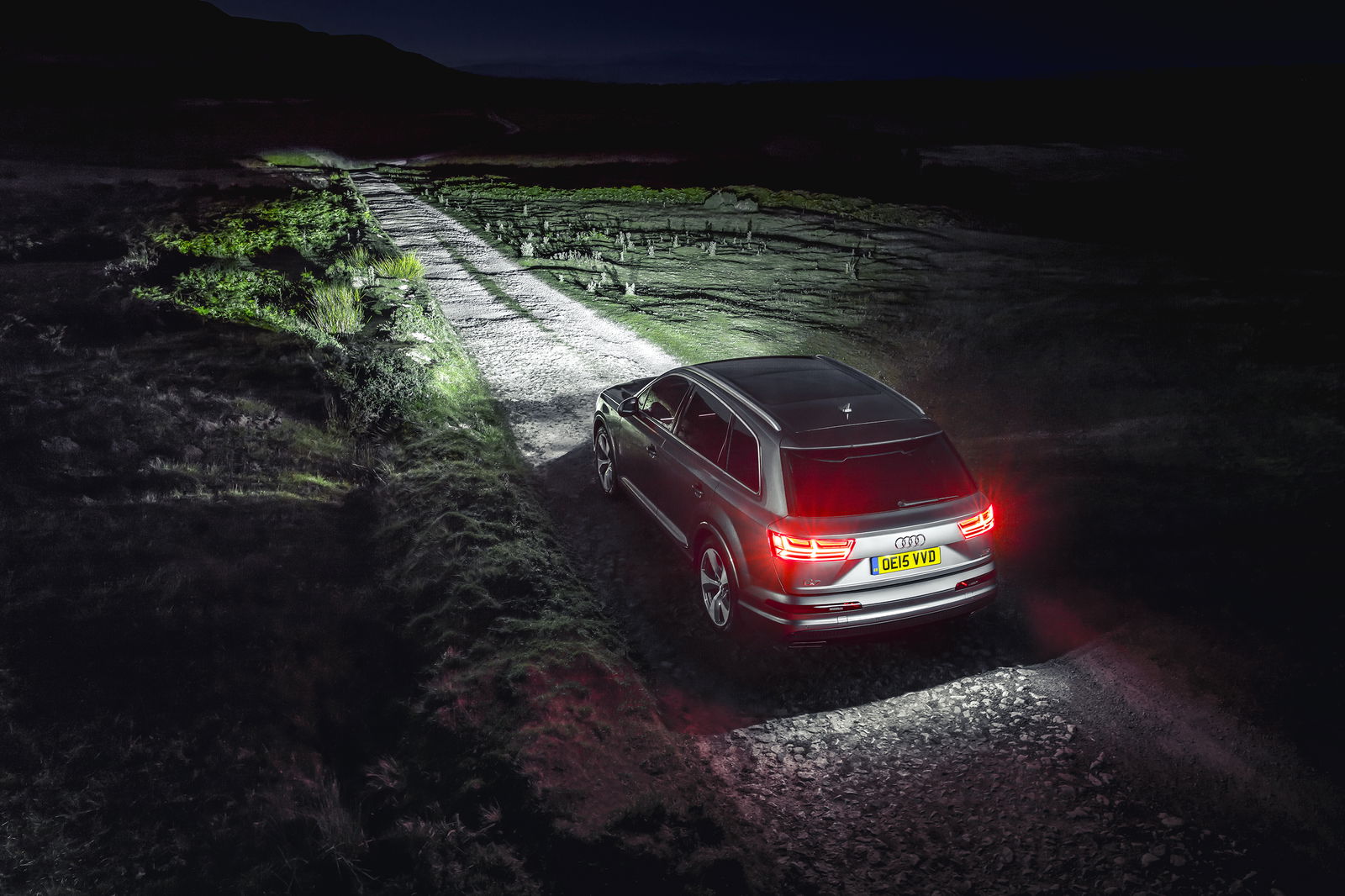
The Highway Code states that you should ‘only flash your headlights to let other road users know that you are there. Do not flash your headlights to convey any other messages’. As a result, you cannot flash your headlights on your driving test, and you cannot react to someone else flashing their lights at you. Now, we understand that in some circumstances this form of communication has the potential to be hazardous, but in most cases we find it to be rather helpful.
Flashing people to say thank you or to let them into a line of traffic is a daily occurrence for most of us. And whatever you might have been told, flashing your lights in the UK is not illegal.
5. Speed is the enemy (it's actually your friend)
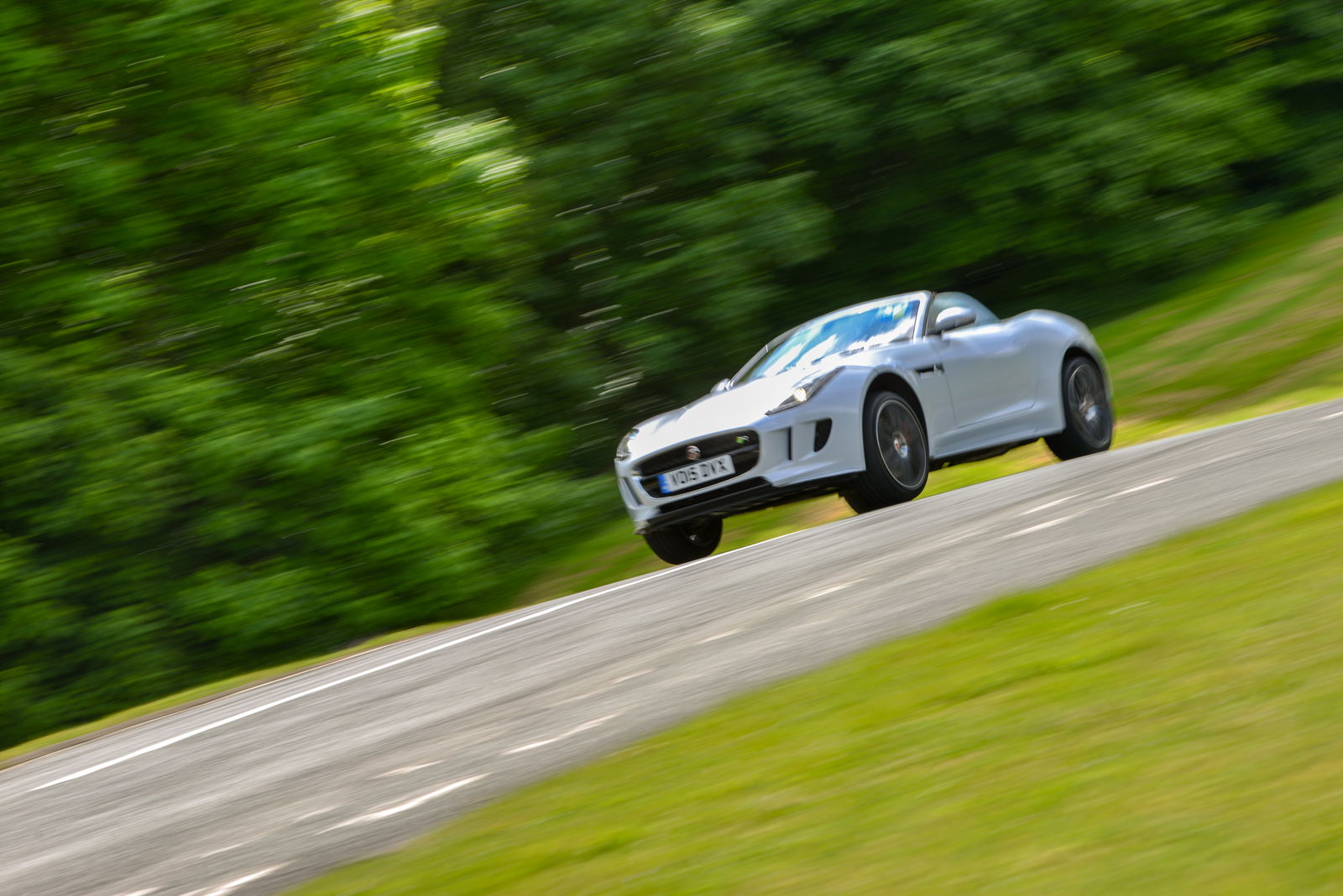
Controversially, the driving test in the UK fails to incorporate any form of motorway driving. The majority of your lessons will take place in busy towns or cities where your maximum speed will be limited to 30mph. As a result, young drivers often view speed as the enemy. This isn’t a major problem on crowded streets, but it can play havoc when it comes to driving on motorways.
When merging onto a faster road, it’s vital that you accelerate to match the speed of the adjacent traffic. Unfortunately, learner drivers often get intimidated and slow down on on-ramps. Not only is this dangerous to the learner driver, but it’s also dangerous to drivers travelling at high speed on the main road. If only they knew that mashing the loud pedal is actually safer.
6. Constantly checking your speed
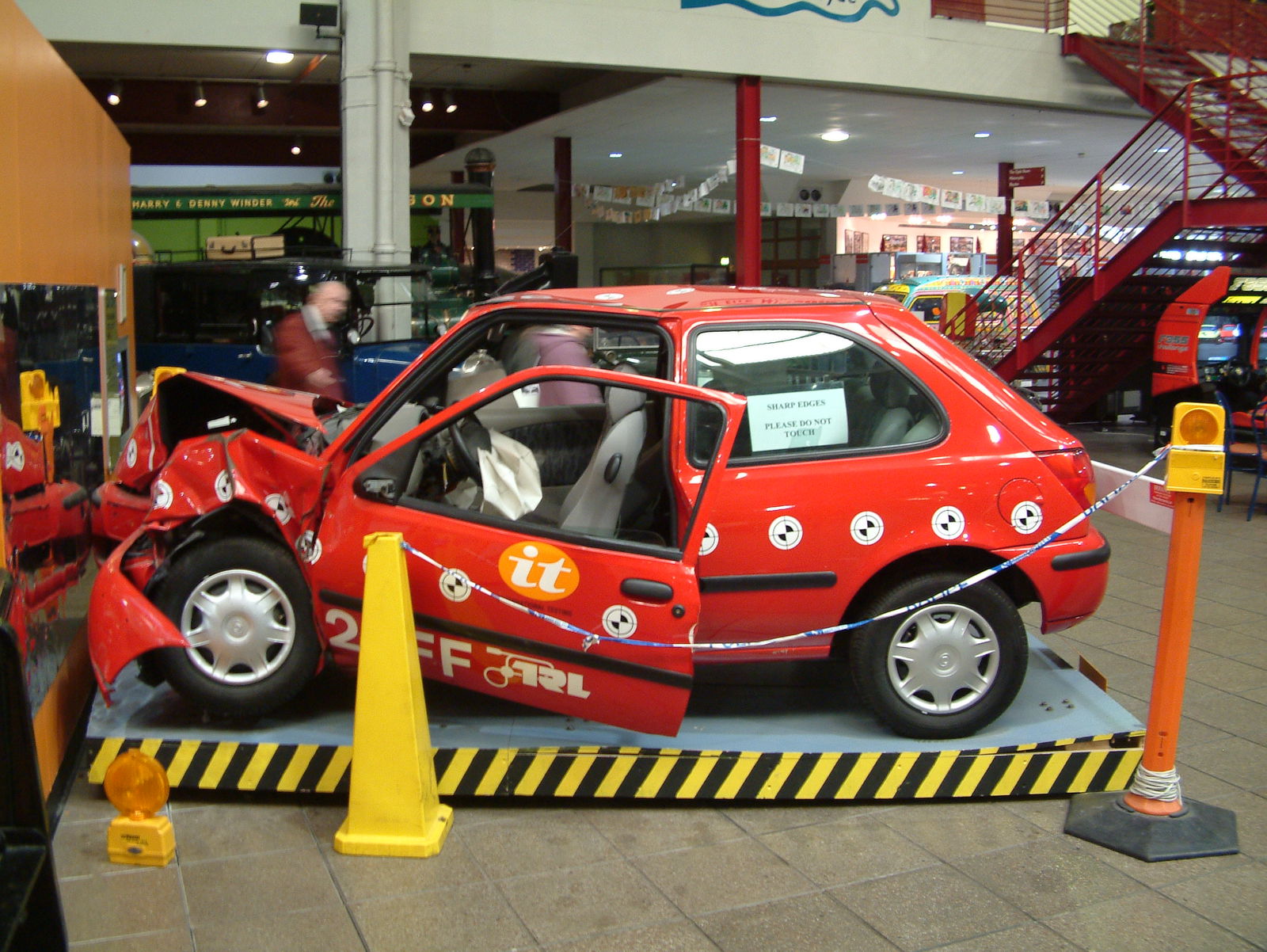
Speeding during your driving test can result in instant failure. As a result, most learners spend the majority of their assessment staring at the speedometer. This is because the test is nothing more than a box-ticking exercise: as long as you’re under the limit, you’re deemed to be safe.
Unfortunately, this is not the case. If you’re doing the speed limit, but not focusing on the road ahead, this is equally (if not more) dangerous than speeding. Thankfully, the more you drive, the more accustomed you become to multi-tasking (checking speed, road conditions and surrounding traffic).
Finally, we want to know from you guys, what pointless things were you told during your driving lessons? Let us know in the comments below!
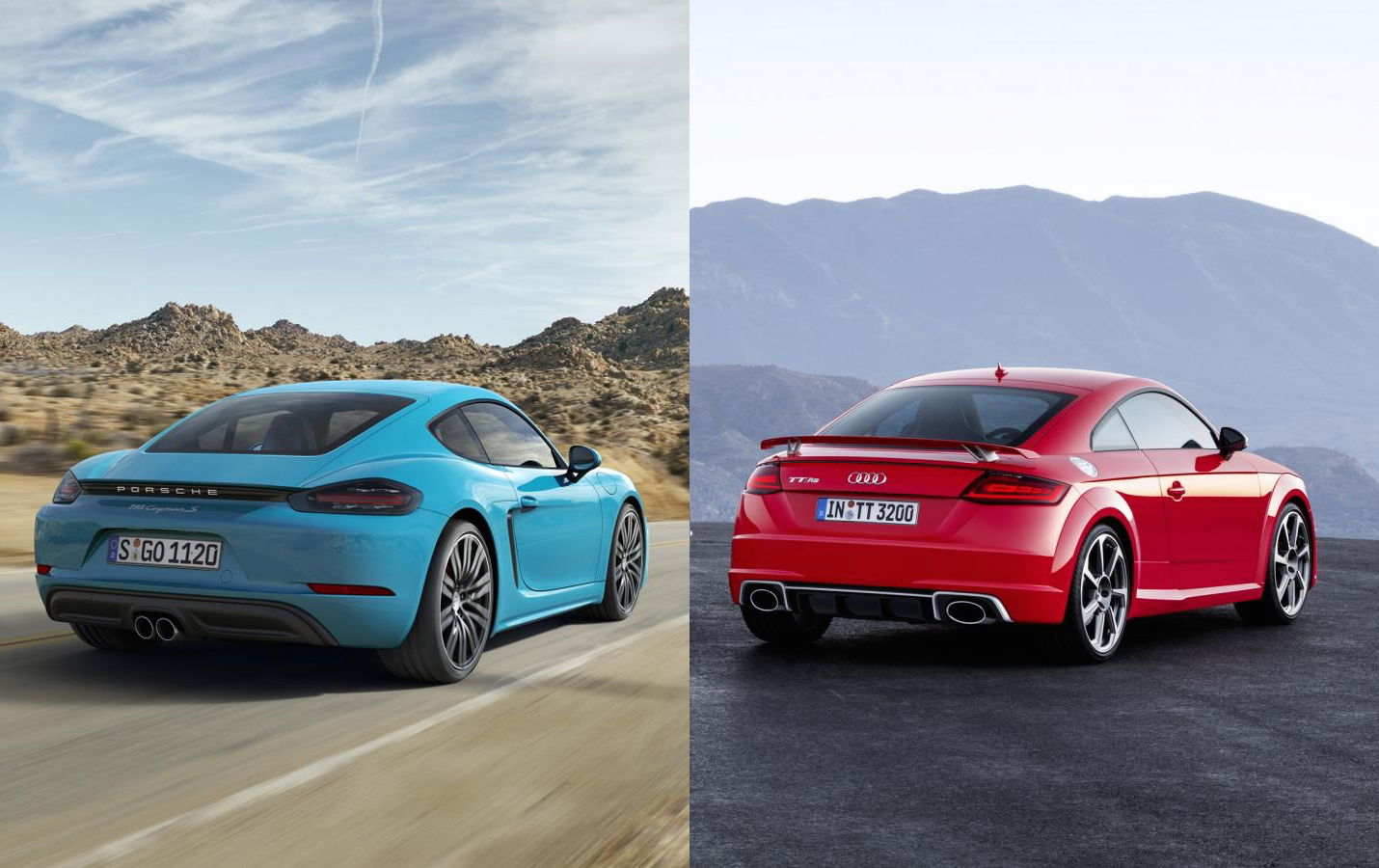
Comments
On one of my driving lessons i had to do an emergency braking on a gravel road. And when i stopped after the braking my tutor said if you wouldn’t have abs you would have been in the ditch by now. Wich is just utter bullsh*t.
Feeding the Wheel? What’s that? Did he hang onto what he did when he drove his first kiddie car as a toddler? The only vehicle I know of that uses push-pull is a trike. You should always have both hands on the wheel in case you hit a bump in the road which can yank the wheel out of your hand and send you into a tree, when turning you should always use hand over hand so one hand always has a firm grip on the wheel. 2) Constantly applying the hand-brake? Never heard of any instructor or driving test that requires you to do that and btw, it’s called a parking brake not a hand brake nor an emergency brake. it’s sole purpose? Parking/leaving a vehicle unattended. 3) Checking your mirrors at pre-determined times. Again not part of any driving test, doing that is as bad as not looking at your mirrors. You should always be looking at your mirrors and in front of you a long way in front of you. To be safe knowing what’s around you and ahead of you at all times is vital and having a safe way/path out of trouble is too. 4) Flashing drivers… Never flash your lights at another driver, turning them off or brights. As a driver I knew where the back of my tank full of ethanol or acid was, I knew if you pulled into my blind spot, and the last thing I need you to do is blind me with your brights or disappearing from my view by shutting them off. 4) Speed is neither your friend or enemy. Speed Variance is your enemy, going with the flow and staying in your lane is your friend! I guess he got this part right maybe saying you should get up to speed when merging but the guy’s an idiot. 6) Checking your speed. Refer to #5 again speed variance. Never use or look at a speedometer (that’s not to say you shouldn’t be checking your real gauges once in awhile to spot trouble. I just never look at the speedometer or tachometer). As a new driver you should be looking out miles ahead of your car not the speedometer or hood. Why? Because if you look out far ahead to where you’re going it’ll naturally keep you in your lane of travel. Look at speedometer, line up a part of your car with the lane markers you’ll be all over the road. Going with the flow is the safest bet, speed draws attention as does lane changes as does going slower than the flow of traffic. Anything else is dangerous and draws unwanted attention from the police. Sorry for the long winded rant but it burns my butt when know nothing columnist spout off about something they know nothing about, especially when their advise can get people hurt or killed.
Hill starts using the handbrake (emergency brake). I find it easier and smoother to hold the car using the clutch and then swap from foot brake to loud pedal for a bit of help getting up those dirty inclines. But i may be wrong as i guess it adds stress and possible wear to the clutch.
Another one i wont get to far into is downshift rev matching. Just purely as its smoother but the public, police and road authorities hate it.
I’m seriously asking myself what kind of teachers you have on your silly little island. I don’t know if the reason is that my driving instructor is also a safety instructor for driving on the Sachsenring. But I never heard of anyone who got told by his or her teacher to feed the wheel. I mean it’s totally outdated since the 80s, at least since the power steering came up. The only ones I know doing so were my grandparents. Also what’s that about the handbrake? I only were told to use it when parking (as the name suggests, parking prake) and when going of a hill that’s too steep. Even after the emergency braking, you are supposed to keep your foot fully on the brake until you come to a full stop. That’s the whole deal. And the speed is your enemy thing gets me. In Germany you have to do at least three lessons on the Autobahn. At at least 130 kph. My teacher even put the sport mode in as we where on the Autobahn and told me to go faster as I wanted. So we ended up at a 180 kph. And entering the Autobahn is practised several times (even as the most are still doing it wrong afterwards) and it can also be part of the test in germany.
But there are still points I totally agree with you. The mirros, the speed and the flashing lights. They seem to be the same in almost every country. Although my teacher told me in driving school that flashing lights isn’t a problem as soon as I’m driving myself and it’s easier to spot than waving hands.
The feeding the wheel thing may have come out of concerns over air bags. If your arms are crossed up, and the airbag deploys, it will do some serious damage to your arms. I’ve also heard some schools teach lower hand positions on the wheel for this reason as well.
I flash the lights to say “fudge” you… to people that cut me off and bad drivers in general…
walking around the car to do ‘’checks’’, even if the car looks perfectly ok to drive.
I only flash the lights to people whose headlights are obscurring my view, if that is because they’ve forgot to dim the lights or if it’s because they use both fog and regular lights at the same time. If it’s obscurring my view, I’ll signal by flashing my own lights. Same goes for those driving with only 1 working headlight, though that is usually more so that they become aware of it, and hopefully gets it fixed ASAP.
#1 is a bit of a lie.
To avoid running wide, you need to add more steering lock quickly but smoothly; something you can’t do effectively when feeding the wheel.
Except you can with push-pull. Its very easy and can be very smooth.
Instead, if you keep both hands on the wheel and cross your arms, you maintain that vital connection with the wheel.
You should NEVER cross your arms! Instead you PUSH with one hand and move your other hand to PULL the wheel. Hell, CT even posted a GIF of it several months ago.
https://d37nk263jfz2p8.cloudfront.net/image/uploads/articles/hands-off-55b78bc3a76d1.gif
What about shifting at 2000rpm and never go above 3000rpm
Pagination